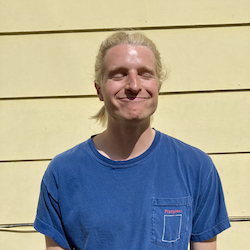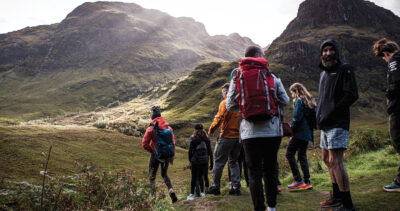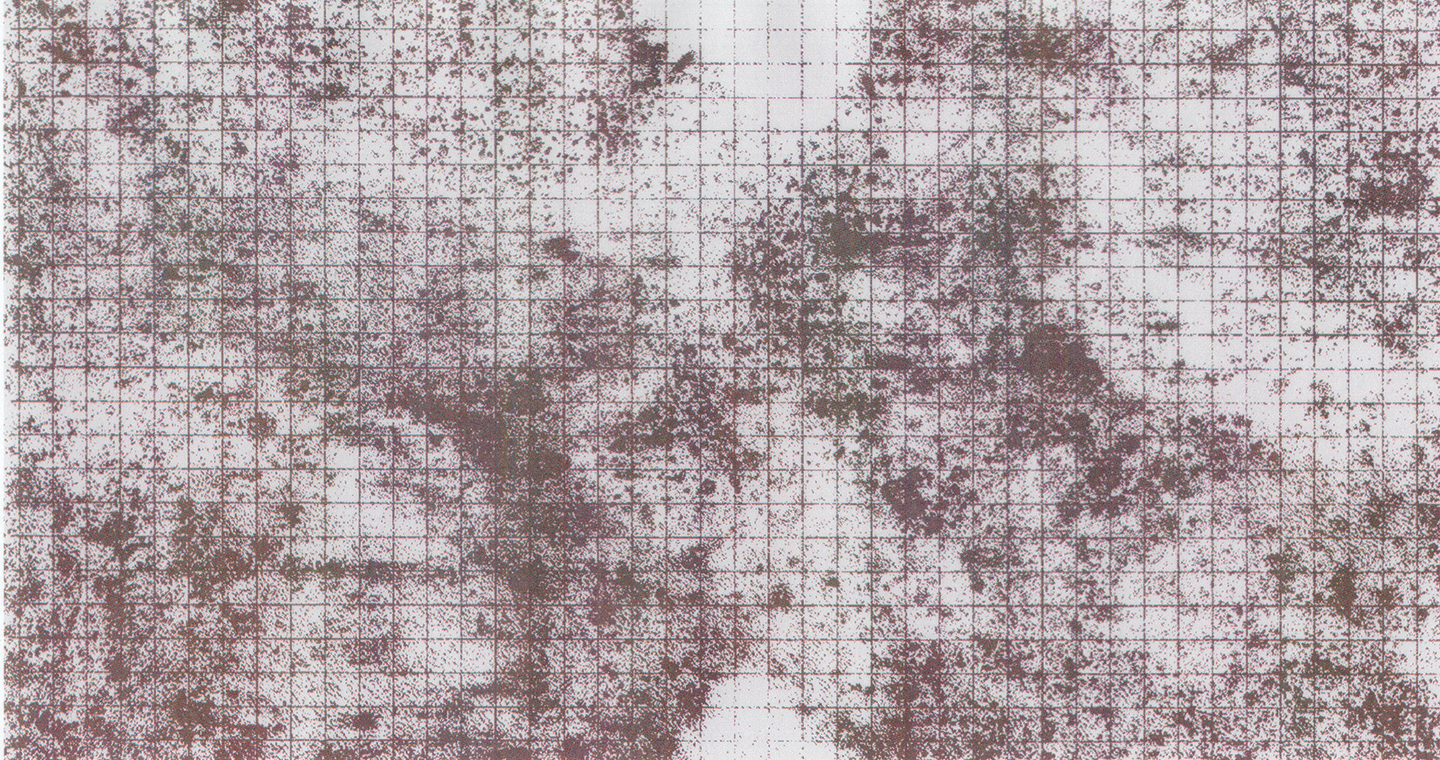
holding pattern
holding pattern: on running the same route again and again
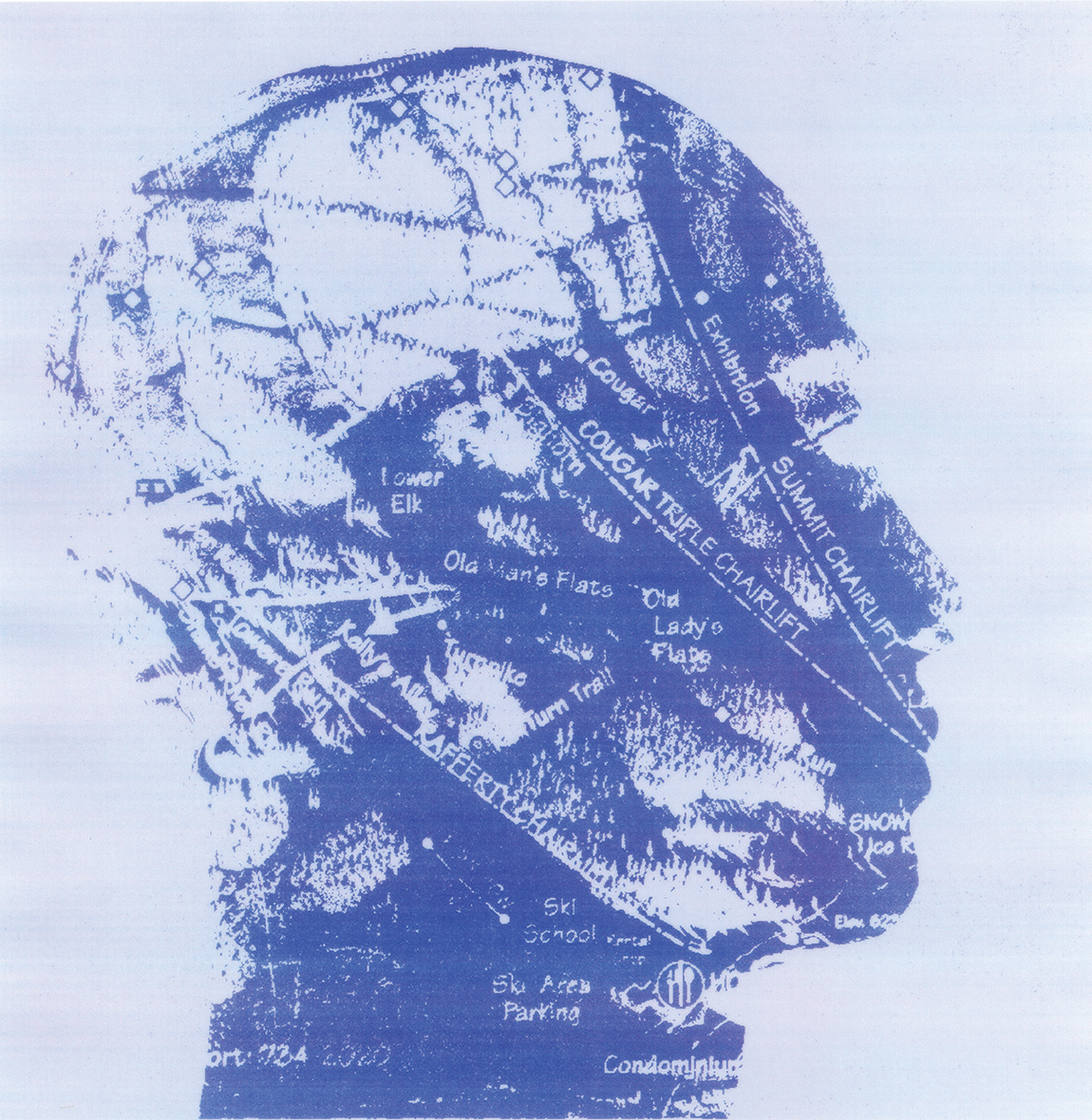
words x
north bennett
illustrations x
calvin keller
Like clocks or the last bit of drain water, most dogs will circle their beds at least once before laying down. As a runner in a new place, I often do something of the same: I find an easy loop, a hilly one, a tempo route, and a go-to long run, each of which will settle me a bit more into my new geography. Indeed, when I look back upon my life, I can most easily recall its places in terms of the runs I most often repeated while there.
Throughout my late teens and early twenties, those places were short-lived and many. I never stayed under the same roof for more than five months, and never in the same town for more than three seasons. By the time I landed in Jackson, Wyoming, in 2019, I was eager to find a moment of pause. If only for a year, I wanted to learn what it means to stay somewhere. Naturally, I set out running.
Throughout my late teens and early twenties, those places were short-lived and many. I never stayed under the same roof for more than five months, and never in the same town for more than three seasons. By the time I landed in Jackson, Wyoming, in 2019, I was eager to find a moment of pause. If only for a year, I wanted to learn what it means to stay somewhere. Naturally, I set out running.
on my second day in town, I jogged off my stoop and up toward the nearest mountain, a rounded peak that locals, referencing the small ski area that operates there, call “snow king.”
On a friend’s suggestion, I took a roundabout approach via Josie’s Ridge, a trail that climbs west of the summit via switchbacks that are only nominally so, meaning that they do not so much zigzag as they attack the fall line at slightly off angles. I remember my quads swelling with heat and my chest heaving with hollow, cutting breaths. Settling into a rhythm felt impossible: I had always lived near sea level, and here the air held a quarter less oxygen. In time, I gained the summit ridge, and then I turned east up its slope, back toward the top of Snow King.
The trail mellowed into a ribbon of swooping singletrack that meandered through sage brush and summer grasses and occasional stands of fir trees. Below and to the north, I could see the tightly-packed town give way to the National Elk Refuge and the wetlands surrounding Flat Creek. A string of green buttes led my eye further to the Teton Range, which stood white-capped and massive, dramatic enough to look cartoonish, but close enough to be vividly, unmistakably real. I could hardly believe that this place was my new home, that this run was my among my new routes.
The trail mellowed into a ribbon of swooping singletrack that meandered through sage brush and summer grasses and occasional stands of fir trees. Below and to the north, I could see the tightly-packed town give way to the National Elk Refuge and the wetlands surrounding Flat Creek. A string of green buttes led my eye further to the Teton Range, which stood white-capped and massive, dramatic enough to look cartoonish, but close enough to be vividly, unmistakably real. I could hardly believe that this place was my new home, that this run was my among my new routes.
right then, I decided that I would reach the top of snow king at least once weekly, and for a year straight, I did.
The ensuing summer was long-tailed and vivid. I watched the wildflowers come and go: first glacier lily and arrowleaf balsamroot, and then old-man-of-the-mountain, silvery lupine, and purple alpine aster. I learned the grade of each switchback and lost the need to count them. The running got easier, my skin tanned, and the Tetons cured to a dusty brown. I could feel my body adapting to the landscape. By the start of September, the summit breeze—always from the south and swiftest along the mountain’s saddle—sharpened enough to cut through my shirt, and then again through my windbreaker. Autumn was afoot.
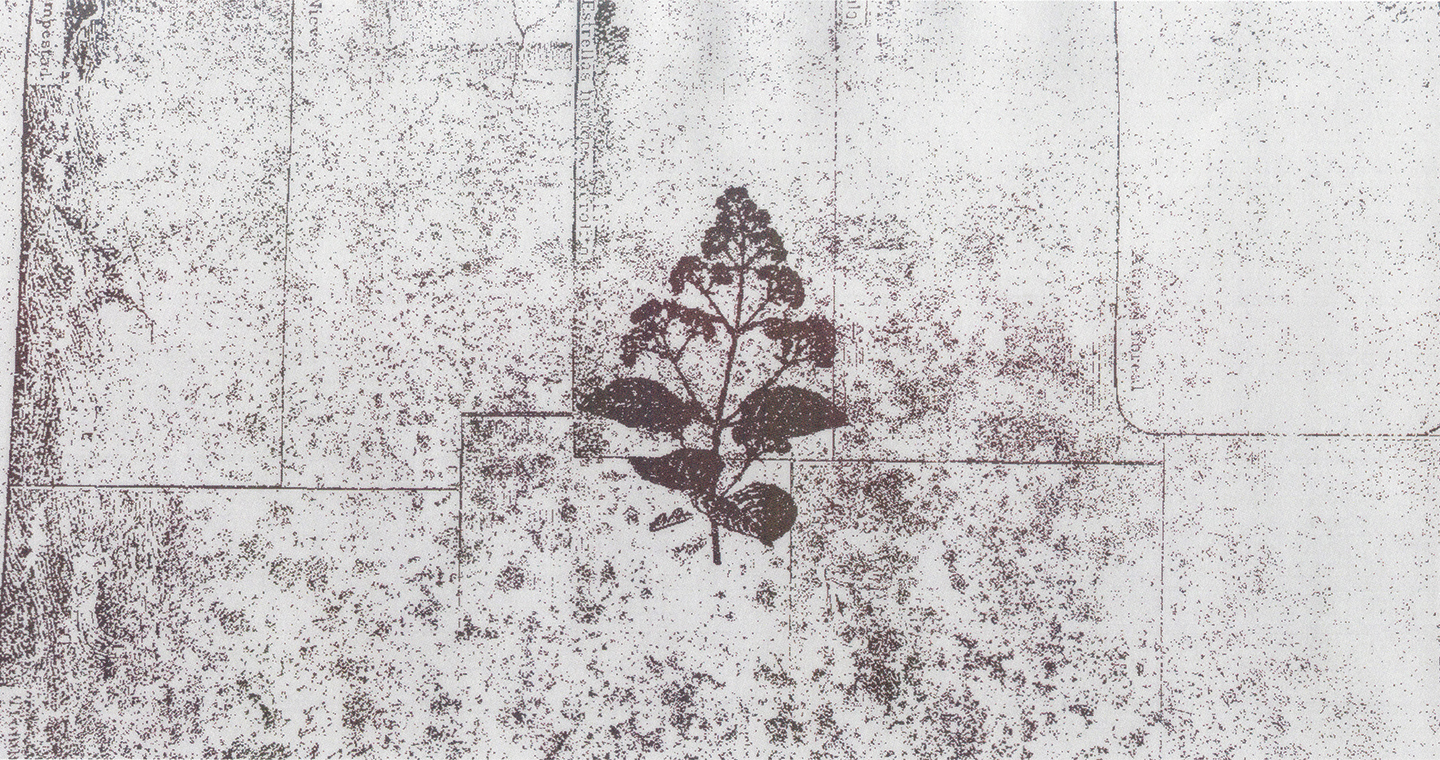
Come November, enough snow fell to close the trails for winter. A grooming machine packed the access road in crunchy corduroy, and, not knowing any better, I tried to run up it. I slipped and cursed and made slow, slow progress. The climb felt harder than it had in months.
well before the top, I questioned the sanity of my weekly commitment, but I did not consider quitting it. I wanted to see what would happen if I held tight to the repetitions.
Those who study non-human animals often observe repetitive behaviors that serve no obvious function or goal. Captive cats will pace their enclosures, for example, and caged rats will devote all of their waking hours to grooming one another. Even giraffes have been seen licking inanimate objects ad nauseum. Laboring on a repetition of my own, I couldn’t help but notice how my own behavior seemed to fit this pattern. Usually, scientists witness such actions among animals who live in artificial habitats—in the wild, they are rare—and so understand them to mean that something is lacking in that animal’s environment. The issue is not one of personality, they surmise, but one of place. “Barrenness,” is the word they use to describe what’s missing.
I had to wonder: had I fashioned a cage out of this commitment? After all, the valley was hard to leave in winter. It was known as Jackson Hole. But no: here was a place surrounded on all sides by national parks, national forests, and wildlife refuges. Being human, I lived in a world free and full of tools, and so the next week I arrived to the base of Snow King with my ski touring setup, happy to equip my body to be better suited to the terrain. Until May, this was my new mode of movement, and I kept making my ascent at least once weekly (and often more).
As winter deepened, darkness pressed itself tighter into the valley. On clear evenings I could see the silhouette of the Tetons, but on foggy ones I could make out nothing beyond the diffuse orb of the lights in town. I grasped for new details and signs of change, but my focus kept returning to the patch of snow just beyond the tips of my skis, which always looked the same. Step after step, I could have been anytime, anywhere. When psychologists speak of habituation, they describe how a person will stop registering phenomena that once stood out to them, how what was once sharp and substantial will come to seem unremarkable, dull, or empty. In my memory, these days move toward blur.
The word habit, however, carries other meanings, too. It can also call to mind dress or apparel, and if you trace this lineage back, you find that it once described how one holds oneself, the way in which one is or exists. When I think of running as a habit, I think of finding a way to hold myself in a landscape.
I had to wonder: had I fashioned a cage out of this commitment? After all, the valley was hard to leave in winter. It was known as Jackson Hole. But no: here was a place surrounded on all sides by national parks, national forests, and wildlife refuges. Being human, I lived in a world free and full of tools, and so the next week I arrived to the base of Snow King with my ski touring setup, happy to equip my body to be better suited to the terrain. Until May, this was my new mode of movement, and I kept making my ascent at least once weekly (and often more).
As winter deepened, darkness pressed itself tighter into the valley. On clear evenings I could see the silhouette of the Tetons, but on foggy ones I could make out nothing beyond the diffuse orb of the lights in town. I grasped for new details and signs of change, but my focus kept returning to the patch of snow just beyond the tips of my skis, which always looked the same. Step after step, I could have been anytime, anywhere. When psychologists speak of habituation, they describe how a person will stop registering phenomena that once stood out to them, how what was once sharp and substantial will come to seem unremarkable, dull, or empty. In my memory, these days move toward blur.
The word habit, however, carries other meanings, too. It can also call to mind dress or apparel, and if you trace this lineage back, you find that it once described how one holds oneself, the way in which one is or exists. When I think of running as a habit, I think of finding a way to hold myself in a landscape.
by moving through a place on foot, I can begin to trace the contours within which I feel supported, and by repeating those routes, I can weave a fabric of memory and familiarity that one day might hold me there.
In this way, my running habit might be something like a bird’s nest-building: as a bird presses its breast against the materials of its nest to form the shape of its new home, I pushed myself again and again against one rim of this particular valley. With each repetition, I strengthened the sense of holding and being held. I imagined a lifetime there, how, season upon season and year upon year, a person could run herself into a sense of home and here.
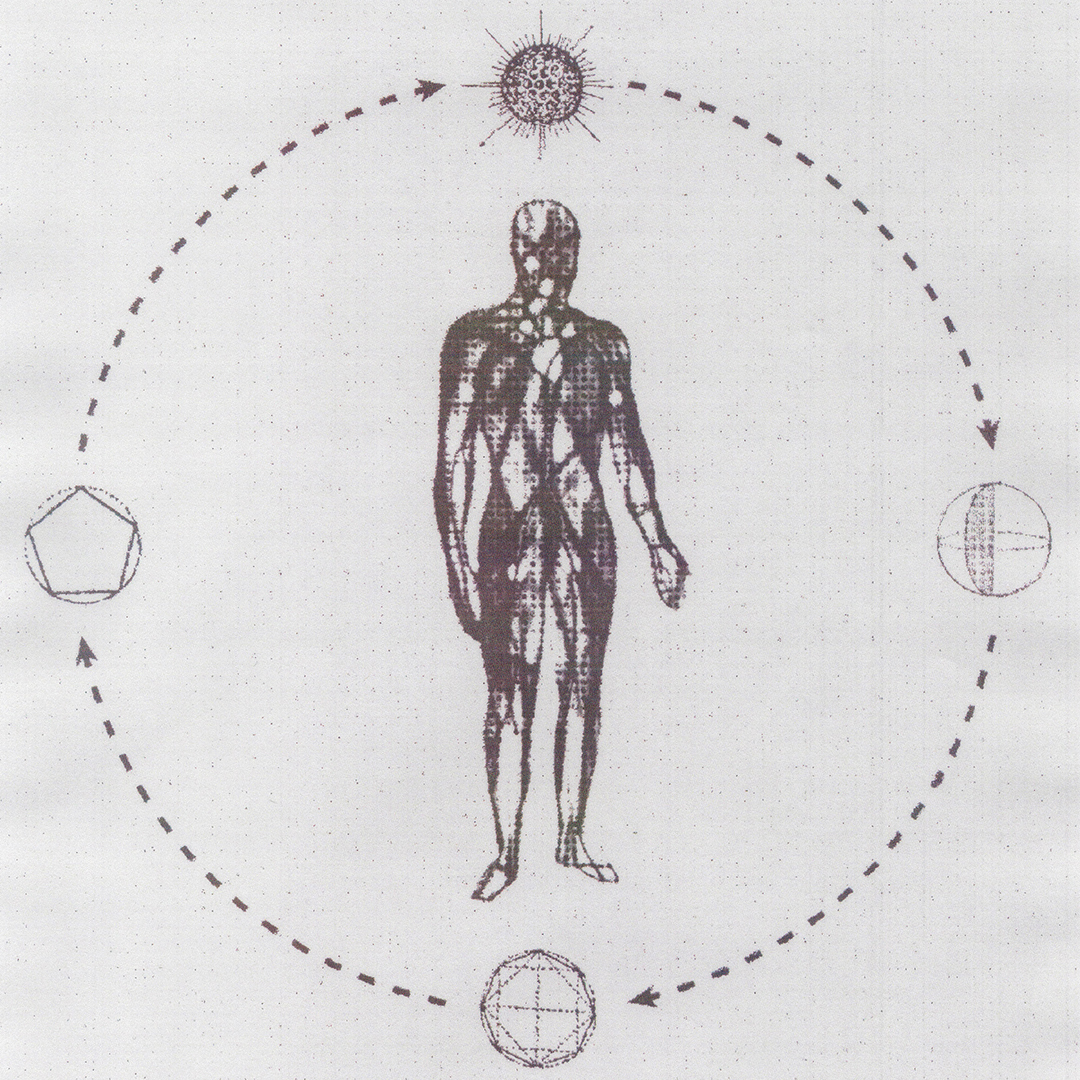
Yes, the details and differences were there: I went out on days when the clouds hadn’t parted for weeks and when temperatures were well below 0°F. I went out on days when the landscape was colorless, just white mountains and white plains, black buildings and black tree trunks. I went out on my birthday, on New Year’s Day, and on the first day of spring. There were days when my legs felt stiff and slow, and days when I turned back up for a second lap, and, on occasion, a third. When I remember that year in Jackson, I see it through the lens of repetition, my many Snow King loops. Had I not made a commitment to weekly consistency, it would not have impressed me so.
One of the pleasures of my running habit is the opportunity to return—and not to a static place, but to a shifting pattern of bodies in motion.
One of the pleasures of my running habit is the opportunity to return—and not to a static place, but to a shifting pattern of bodies in motion.
to re-run a route is to re-turn it, to re-encounter its memory and also to see it anew.
It is a pleasure shared with poetry. That year, I kept returning to a Gary Snyder poem set in Northwest Washington, my home turf. It is called “Nooksack Valley,” and in it, the young speaker finds himself caught amidst a swirl of cycles: he sits in a cedar cabin that smells of his childhood farmhouse, in a field on the edge of the Pacific Rim, stoking a fire that revs and dies as the steelhead return from the ocean to travel to their birthplace inland. A pup sleeps nearby, and just beyond the field a second-growth forest rises beyond the stumps of its first cutting. There is a sense of newness, and also one of having been here before. Memories flicker through the poet’s consciousness, but, in the end, he returns to where he is:
Clouds sink down the hills.
Coffee is hot again. The dog
turns and turns about, stops and sleeps.
Coffee is hot again. The dog
turns and turns about, stops and sleeps.
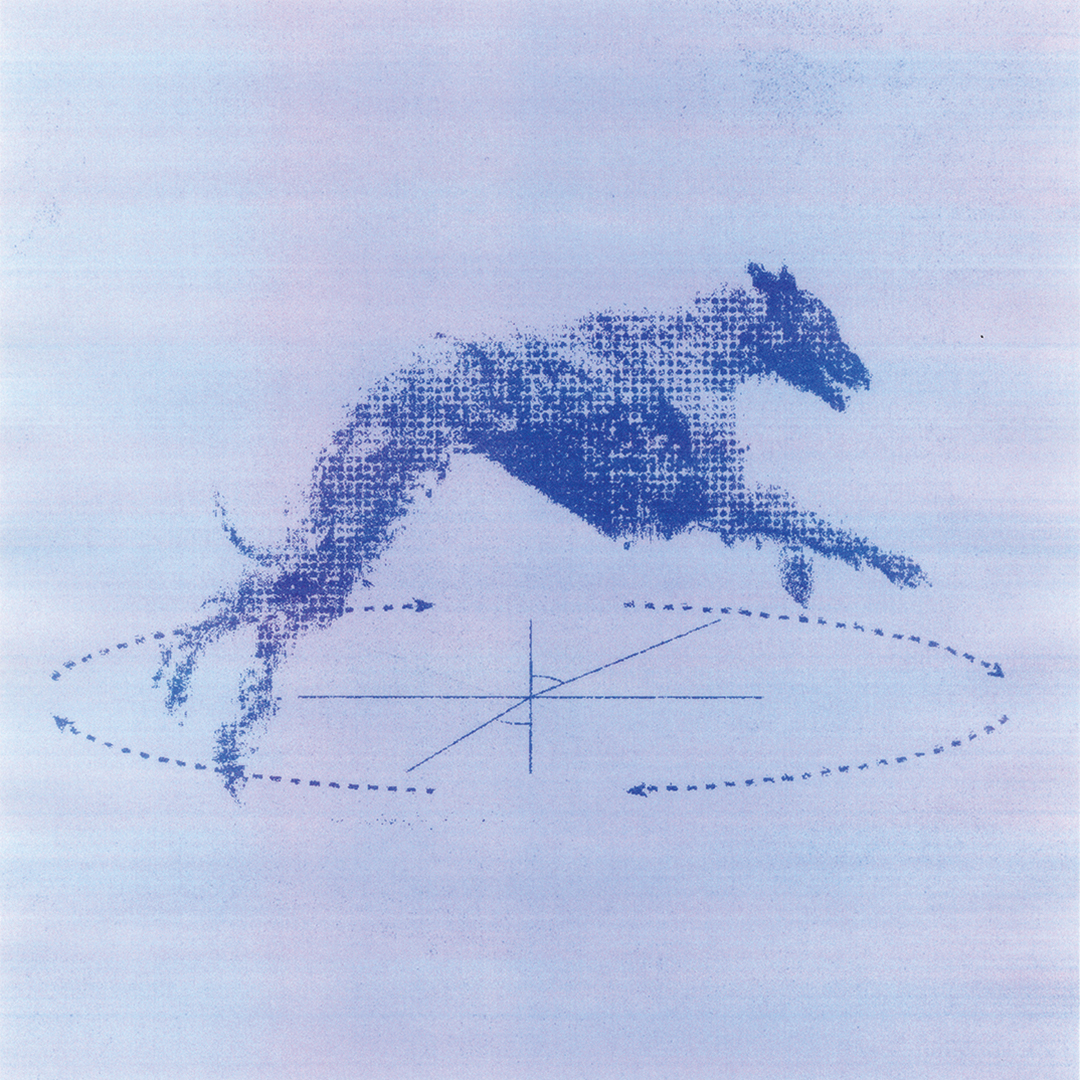
From my first reading, I understood that this was a poem about transitions, but it took me a year of running up the same mountain to grasp its final image: how our condition is that of the pup’s, how the pup will grow into a dog who circles before settling, how settling need not be permanent in order to be fulfilling. It is an image that reckons with repetition: it reconciles continuity with change, stasis with circling.
As the days got longer and the sun broke through the clouds more often, I knew that my time in Jackson was rounding back in on itself. The snow was melting and the buttes were again greening, and I had to recognize that other parts of my life had begun to draw me elsewhere. On my second to last day in town, I skied the mountain’s residual slush, and on my final day I laced up my shoes to run the mountain once more. An overnight freeze had set the path in ice, and I had to don micro spikes to claw my way to the top. From there, the year stretched out before me—its peaks and hollows, its blooms and burns and moments of warmth and cold— and then, as I turned to run back down, it all curled back up inside me, where this route settled among the others in the recollected terrain of my running life.
As the days got longer and the sun broke through the clouds more often, I knew that my time in Jackson was rounding back in on itself. The snow was melting and the buttes were again greening, and I had to recognize that other parts of my life had begun to draw me elsewhere. On my second to last day in town, I skied the mountain’s residual slush, and on my final day I laced up my shoes to run the mountain once more. An overnight freeze had set the path in ice, and I had to don micro spikes to claw my way to the top. From there, the year stretched out before me—its peaks and hollows, its blooms and burns and moments of warmth and cold— and then, as I turned to run back down, it all curled back up inside me, where this route settled among the others in the recollected terrain of my running life.
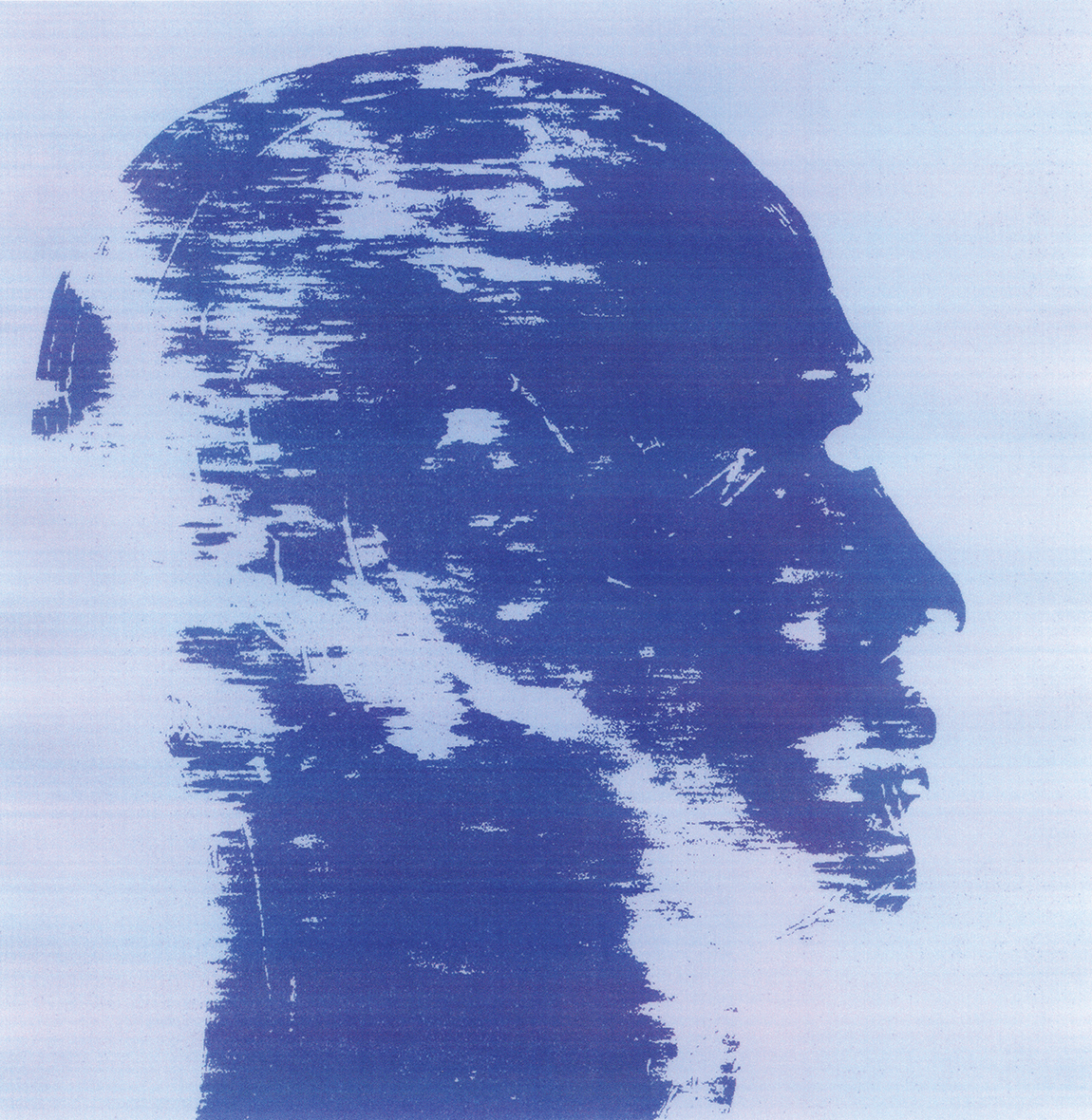
more articles


